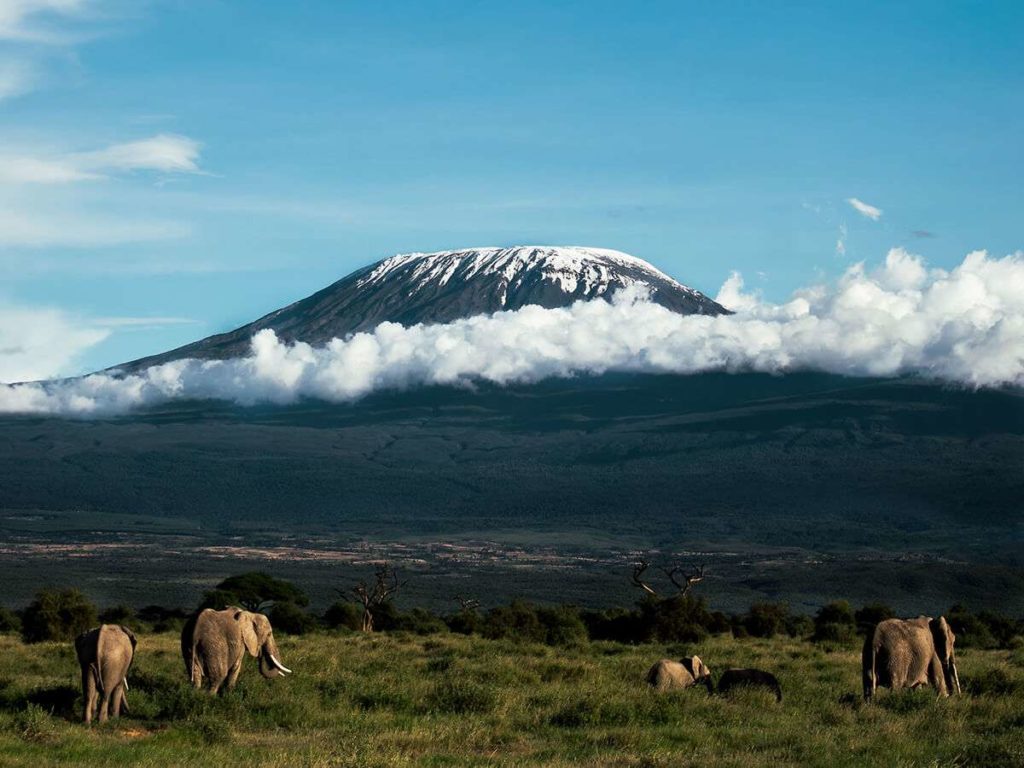Why are Kilimanjaro Mountains So Prominent?
Unveiling Kilimanjaro's Magnificence: Exploring Its Prominence
Kilimanjaro Mountains

Mount Kilimanjaro, standing tall and majestic in northeastern Tanzania, is more than just a geographical landmark—it is a symbol of natural wonder and geological intrigue. With its towering peaks and dramatic slopes, Kilimanjaro has captured the imagination of adventurers, scientists, and storytellers for centuries. In this comprehensive exploration, we delve into the factors that contribute to Kilimanjaro Mountains ‘s prominence, from its geological origins to its cultural significance and ecological diversity.
Geological Formation of Kilimanjaro Mountains
The Great Rift Valley
Kilimanjaro Mountains ‘s story begins millions of years ago, with the geological processes that shaped the African continent. The mountain is situated within the East African Rift, a tectonic rift system that stretches over 6,000 kilometers from the Red Sea in the north to Mozambique in the south. The Rift Valley is characterized by a series of faults and fractures in the Earth’s crust, where the African Plate is slowly pulling apart.
Volcanic Activity
The formation of Kilimanjaro Mountains can be attributed to volcanic activity along the East African Rift. The mountain is a stratovolcano, formed by successive eruptions of lava, ash, and volcanic debris over millions of years. Its three main volcanic cones—Kibo, Mawenzi, and Shira—represent distinct stages of volcanic activity and geological evolution.
- Kibo: The highest and central cone of Kilimanjaro, Kibo is characterized by its massive crater and glaciers. It is the youngest and most active of the three cones, with the potential for future eruptions.
- Mawenzi: To the east of Kibo lies Mawenzi, the second-highest cone of Kilimanjaro. Mawenzi’s rugged peaks and jagged cliffs are a testament to the mountain’s tumultuous past, shaped by volcanic eruptions and erosion.
- Shira: The oldest of Kilimanjaro’s cones, Shira has a collapsed crater that forms the Shira Plateau. Its gentle slopes and ancient lava flows provide a stark contrast to the rugged terrain of Kibo and Mawenzi.
Glacial Sculpting
Kilimanjaro Mountains ‘s prominent glaciers play a significant role in shaping its landscape and topography. Despite being located near the equator, Kilimanjaro is home to several glaciers, which are remnants of the mountain’s colder past. These glaciers carve deep valleys and create distinct features such as cirques, arêtes, and horns, adding to Kilimanjaro’s visual appeal and geological significance.
Climatic and Ecological Diversity
Altitudinal Gradients
One of the most remarkable aspects of Kilimanjaro is its diverse range of climates and ecosystems, which vary dramatically with altitude. From the lush rainforests and montane forests at the mountain’s base to the alpine deserts and glaciers near the summit, Kilimanjaro Mountains boasts a microcosm of ecological diversity unrivaled by any other mountain in Africa. Just as we know Why are Titiwangsa Mountains So Prominent?
Biodiversity Hotspot
Kilimanjaro Mountains ‘s unique combination of climatic zones and habitats makes it a hotspot for biodiversity, supporting a rich array of plant and animal life. The mountain is home to a variety of endemic species, including the Kilimanjaro tree frog, the Kilimanjaro shrew, and several species of plants found nowhere else on Earth. Conservation efforts are underway to protect Kilimanjaro’s fragile ecosystems and preserve its biological diversity for future generations.
Cultural and Spiritual Significance
Local Communities
For the indigenous peoples of Tanzania, such as the Chagga, Maasai, and Pare, Kilimanjaro holds deep cultural and spiritual significance. The mountain is often regarded as a sacred place, associated with creation myths, ancestral spirits, and traditional rituals. The Chagga people, who inhabit the slopes of Kilimanjaro, have a rich cultural heritage centered around the mountain, with rituals and ceremonies that pay homage to its power and majesty.
Global Icon
Beyond its local significance, Kilimanjaro has become a global icon and a symbol of Africa’s natural beauty and cultural heritage. The mountain attracts climbers, hikers, and adventurers from all corners of the globe, drawn by the challenge of reaching its summit and the allure of its breathtaking landscapes. Kilimanjaro’s prominence in popular culture, literature, and media further reinforces its status as one of the world’s most recognizable and celebrated mountains.
Conclusion
Kilimanjaro Mountains ‘s prominence is the result of a complex interplay of geological, climatic, ecological, and cultural factors. From its volcanic origins and glacial sculpting to its rich biodiversity and cultural significance, Kilimanjaro stands as a testament to the enduring power of nature and the human spirit. As we continue to marvel at its beauty and explore its mysteries, Kilimanjaro Mountains serves as a reminder of the interconnectedness of Earth’s natural systems and the importance of preserving our planet’s precious resources for future generations.
Know More about Kilimanjaro Mountains.
What Are The Tourist Places Nearest to Kilimanjaro Mountains?
When Were Kilimanjaro Mountains Formed?
Where Are Kilimanjaro Mountains Located?
Who Discovered Kilimanjaro Mountains?
How to Reach Kilimanjaro Mountains?




